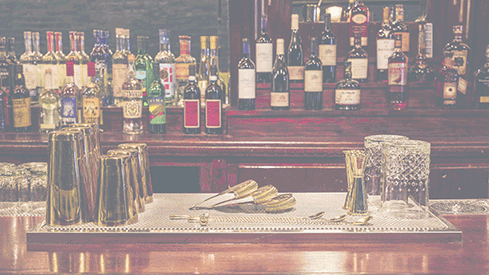In June of 1942, the Japanese captured the Alaskan islands of Kiska and Attu; establishing bases on US soil. The native Aleuts were taken to Hokkaido and placed in internment camps. The US responded by bombing the Japanese forces and patrolling the seas off of the islands.
On May 11th 1943, US forces launched an amphibious landing on Attu in Operation Landcrab. Poor beaches, failed equipment and bad weather made the landing and fighting difficult. Frostbite and the inability of equipment to operate on the tundra added to the problems faced by US forces.
Then of course, there was the small matter of the Japanese forces on the island. Dug in troops made the fighting tough and for slow going. By 25 May, US forces had forced the Japanese into a small pocket around Chichagof Harbor. The Japanese had planned to send a fleet to repel the Americans but Attu was captured before it could depart.
As a result, with no hope of rescue, the Japanese launched the only banzai charge on US soil. It broke through the US line resulting in hand to hand combat in the rear, but ultimately the charge failed and Attu was recaptured. Most of the Japanese troops were killed, with over 2351 killed and 24 captured. The US lost 549 soldiers from combat, and an additional 614 from disease and 318 from other causes, including booby traps.
In August, when US and Canadian forces landed on Kiska they found the Japanese had secretly evacuated it, ending their occupation of US soil in WWII.
The battle marked the first time Canadian draftees were sent to a war zone in World War; a captured Zero enabled the Allies to determine its capabilities.
In other news, today marks the birth of Daniel "Chappie" White; and the escape of the Gneisenau, Scharnhorst, and the Prinz Eugen, from Brest and dash up the English Channel into German waters.
